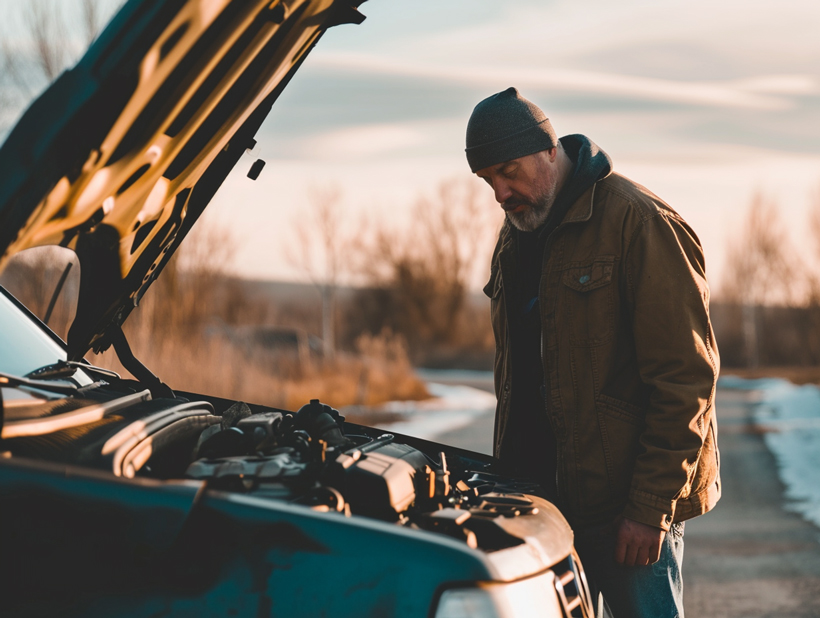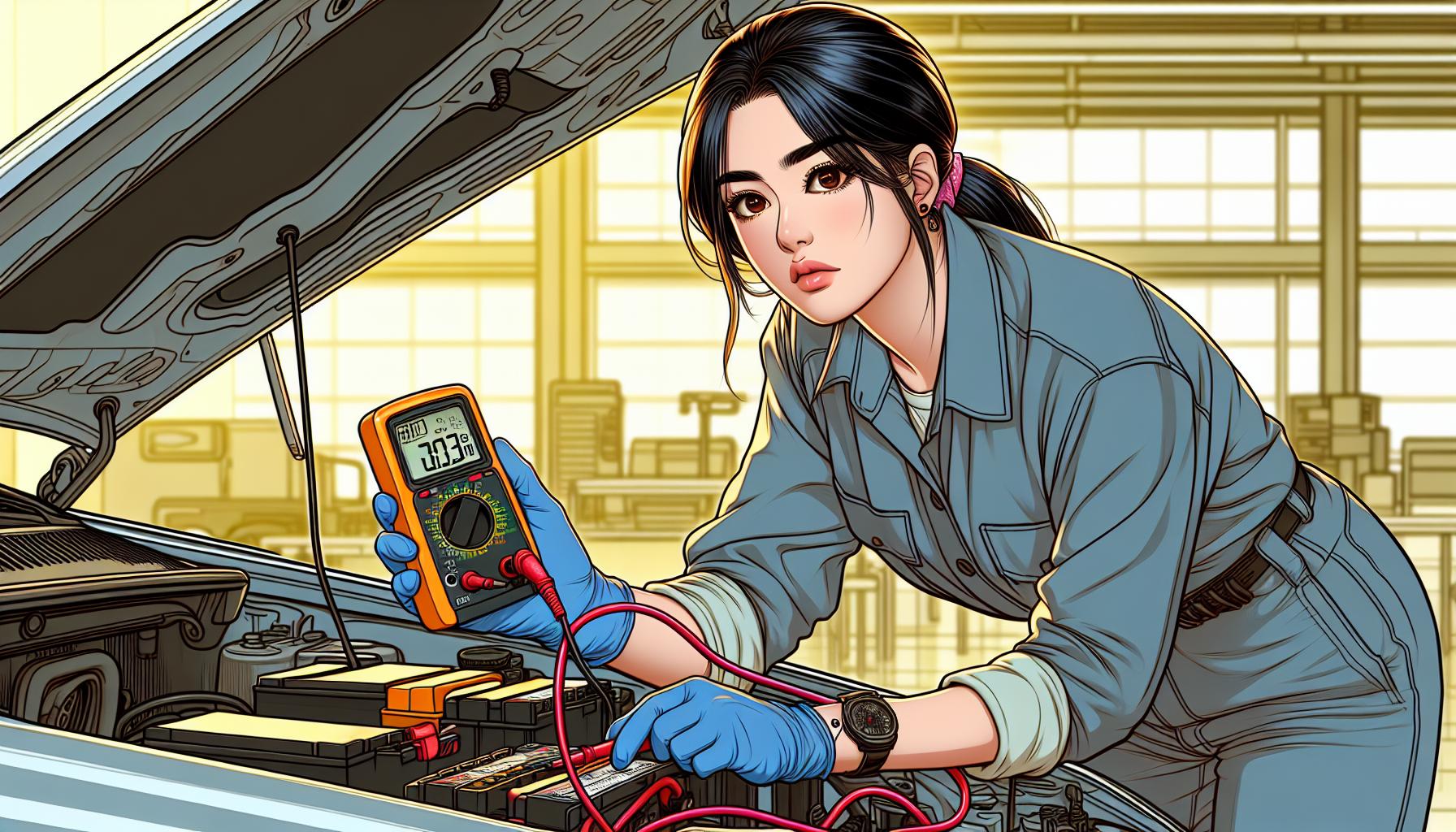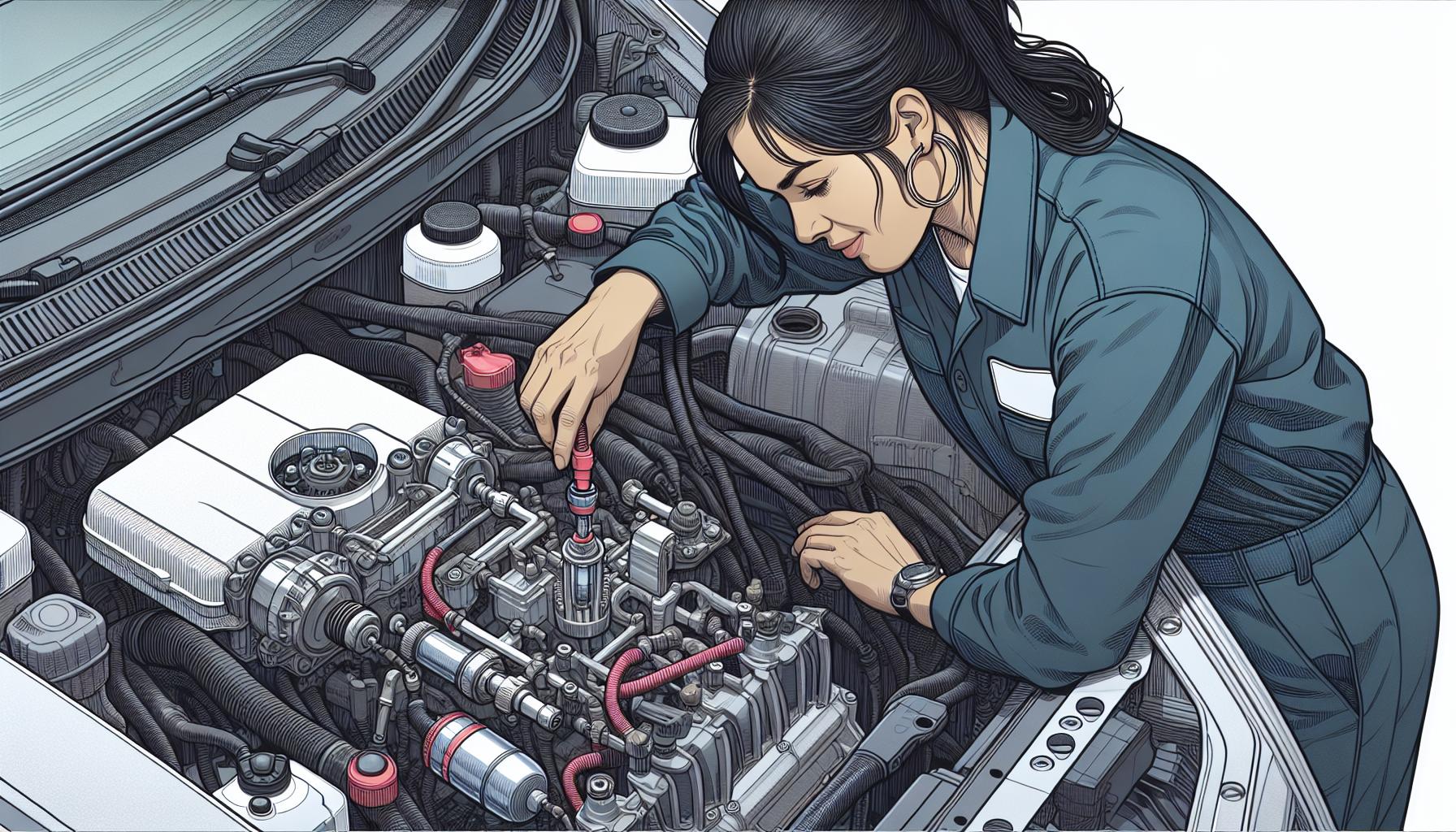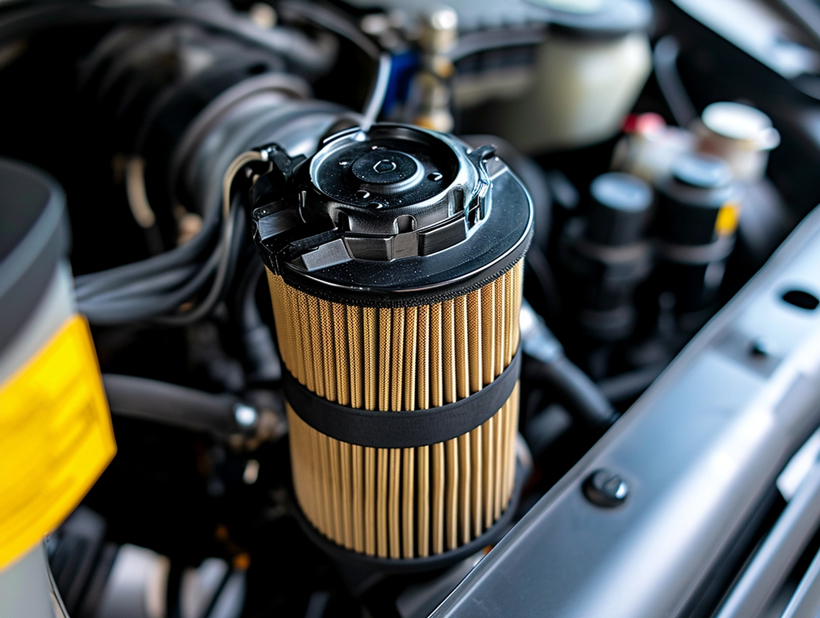We’ve all been there‚ you turn the key, and instead of the familiar hum of the engine, you’re met with silence or a frustrating clicking sound. It’s the start of a bad day, and I know how it feels. When your car won’t start, it can leave you feeling helpless, but don’t worry, I’m here to guide you through diagnosing the common culprits.
Understanding the basics of what makes your car tick is the first step to troubleshooting. Whether it’s a dead battery, a faulty starter, or a fuel system issue, I’ll help you pinpoint the problem and get back on the road. Stay tuned as we dive into the world of automotive detective work and turn that no-start nightmare into a problem of the past.
Understanding the Basics
Before diving into troubleshooting, it’s crucial to grasp the essentials of your vehicle’s starting system. At its core, starting a car involves a series of interconnected components working in a precise order. When you turn the key or press the start button, a signal is sent to the battery. This in turn powers the starter motor, which cranks the engine. If any of these components fail, your car won’t start.

The primary elements of the starting system include:
- The battery, providing the necessary electricity
- The ignition switch, which initiates the starting process
- The starter motor, which physically turns the engine over
- The starter relay or solenoid, which directs current from the battery to the starter motor
If these systems aren’t functioning properly, your car’s engine won’t come to life. It might be tempting to jump straight to a battery diagnosis, but other factors, like a faulty ignition switch or a bad starter, might be the culprits.
Moreover, the fuel and ignition systems also play pivotal roles. Your engine needs a specific mixture of fuel and air, combined with a spark, to ignite and start running. A malfunction in any part of the fuel system — like the fuel pump, filter, or injectors — could prevent the engine from starting, just as issues with spark plugs or ignition coils could.
One of the first steps in diagnosing the no-start issue is to listen. The sounds your car makes (or doesn’t make) when you attempt to start it can be revealing. For example, a clicking sound often points to a battery problem, while a whirring noise without the engine turning over might indicate a problem with the starter motor.
By familiarizing yourself with these fundamental systems and their sounds, you’ll be better equipped to pinpoint the issue. Remember, your car is a complex machine, and understanding the synergy between different systems is essential for effective troubleshooting.
Checking the Battery

When troubleshooting a car that won’t start, I always check the battery first. It’s the source of power for the starting system, and if it’s weak or dead, the car simply won‚Äôt turn over. I begin by visually inspecting the battery for any signs of corrosion on the terminals, which can interrupt the electrical connection. A buildup of white, powdery substance might be present, which I gently clean off with a mixture of baking soda and water. I make sure to wear gloves and eye protection during this process, for safety.
Next, I’ll test the battery voltage using a multimeter. A healthy car battery should typically read around 12.6 volts when the engine is off. If the reading is below 12.4 volts, it’s a sign that the battery may not have enough charge to start the engine. To ensure accuracy, I measure the voltage after the car has been off for a few hours, as recent activity can give a false reading.
In some cases, it might be necessary to perform a load test to check the battery’s ability to hold a charge under simulated engine starting conditions. However, this often requires professional equipment that not every car owner has on hand. When I suspect the battery might be the issue but can’t confirm it with testing, I consider taking it to a professional for a more thorough evaluation.
If I determine the battery is at fault, replacing it is typically straightforward. I ensure to choose the right replacement by checking the owner’s manual for the correct specifications, such as size, terminal location, and cranking amps. Proper installation is crucial, so I always disconnect the negative terminal first to prevent any electrical shorts and reconnect it last after installing the new battery.
Remember, extreme temperatures can impact the battery’s performance, so I pay extra attention to battery health during very cold or hot weather. Regular checks help to avoid unexpected surprises, particularly when I need my car the most.
Testing the Starter

After checking the battery, I moved on to inspect the starter. This component is crucial for igniting the engine and any malfunction can result in a no-start condition. To accurately diagnose a faulty starter, I began by locating it, typically found at the lower part of the engine where the transmission meets the engine block.
I listened for a clicking noise when turning the key. This sound often indicates the starter gear is attempting to engage, but failing to turn the engine. No sound at all might suggest an issue with the starter solenoid, a small coil within the starter that directs current to the main motor.
For a more hands-on test, I tapped the starter with a hammer. This age-old trick can sometimes free a stuck gear or establish a better connection. However, it’s not a guaranteed fix and if the car starts after this method, it’s clear the starter is nearing the end of its lifespan and should be replaced soon.
Electrical tests can also determine starter health. I used a multimeter to check for power at the starter’s signal wire during ignition. Here’s what I typically look for:
| Condition | Multimeter Reading |
|---|---|
| Good Starter | 12 volts or more |
| Possible Issue | Below 12 volts |
Low voltage reading suggests it’s not receiving enough power, possibly due to a bad connection or defective ignition switch.
Ensuring clean and tight connections at the starter and examining the starter relay are next. Both can cause issues if not properly maintained. I carefully inspected these elements and cleaned any corrosion with a wire brush, reaffirming connections to ensure they were secure.
When these tests don’t reveal clear answers, it might be time to consider removing the starter for bench testing at an auto parts store or seeking assistance from a professional. This ensures an accurate diagnosis and saves time guessing which parts might be culpable for the starting issue.
Inspecting the Fuel System

After verifying the battery and starter, I’ll turn my attention to the fuel system, a critical component in the engine’s ignition process. Without proper fuel delivery, your car won’t start, making it essential to check that the fuel pump, fuel filter, and fuel injectors are all working correctly.
Check the Fuel Pump
The fuel pump is responsible for delivering fuel from the tank to the engine. A good first step is to listen for the pump’s whir when you turn the key to the “on” position. If there’s no sound, the pump may be faulty. I also recommend checking the fuel pump fuse and relay, as these are often simpler issues to fix.
Assess the Fuel Filter and Injectors
A clogged fuel filter can restrict fuel flow. If the filter hasn’t been replaced in a while, it might be time to do so. The same goes for fuel injectors if they’re dirty or malfunctioning. They’re responsible for spraying fuel into the combustion chamber and can cause issues with engine starting if clogged. Sometimes, a good fuel injector cleaner can resolve these minor blockages.

Fuel Pressure Test
Moreover, conducting a fuel pressure test can reveal if there’s adequate pressure in the fuel lines. Low pressure could be a sign of a failing fuel pump, a blocked filter, or a leak in the fuel system. This test requires a fuel pressure gauge, which is a straightforward but vital tool in diagnosing fuel-related issues.
Remember, safety is paramount when working with the fuel system. I always ensure the engine is off and that I’m in a well-ventilated area. I also have a fire extinguisher within reach since I’m dealing with flammable substances. It‚Äôs possible for a fuel system malfunction to show up intermittently, so even if you don’t find an issue immediately, keep an eye out for symptoms like sputtering or stalling, which can help pinpoint the problem.
Conclusion
Troubleshooting a car that won’t start can be a daunting task but understanding the common causes is half the battle won. Remember to approach the process methodically, checking each potential issue starting with the battery and working your way through the ignition system and fuel delivery. Stay safe and don’t hesitate to consult a professional if you’re unsure about any steps. With patience and the right know-how, you’ll have your vehicle up and running in no time. Keep these tips in mind and you’ll be well-equipped to handle a no-start situation like a pro.
